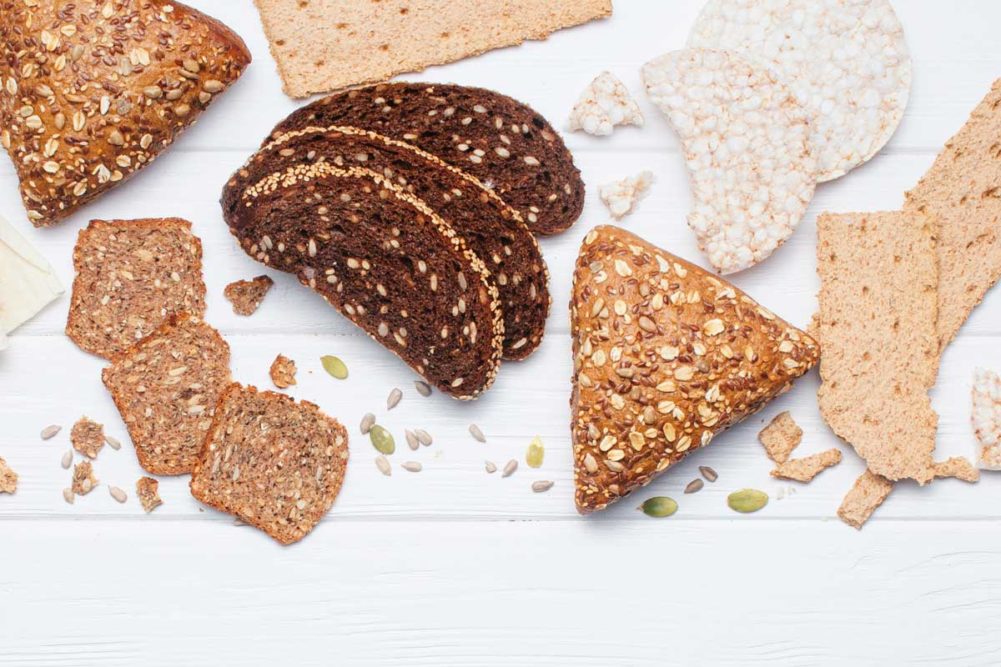The old is new when it comes to grain ingredients.
“Ancient or heritage varieties of wheats are being resurrected in local farms around the country,” said Nicholas Ahrens, senior product applications technologist, Bay State Milling Co. “Many bakers have taken to milling these whole grains themselves for an added twist on flavor, texture and marketing cache.”
These “old” grains, as well as conventional ones, are being given new life in new formats such as puffs, powders and sprouted grains.
“The food industry has flooded the market with many unique products that incorporate whole grains such as spelt (farro), corn, rye, barley, quinoa, amaranth, millet, sorghum, rice and teff,” said Weston Heide, vice president, trade group, The Andersons, Inc. “While these whole grains themselves aren’t necessarily new, ingredient suppliers are leveraging processing capabilities to create unique formats that can add texture, flavor and visual appeal to a finished product.”
Pre-gelatinized whole grain powders bring moisture control where hydration is so critical. By using these technologies to create new formats for these grains, they are lending their nutrition, texture and flavors to new applications like bars and snacks.
“Extruded or puffed snacks are typically dominated by corn and rice,” Mr. Ahrens explained. “An under-utilized whole grain like sorghum can produce acceptable extruded and puffed snack products with similar expansion, texture and taste of traditional puffed snacks without the need for additional ingredients.”
High-amylose wheat lends the extra fiber found in its endosperm to double the amount of fiber in traditional wheat. This allows bakers to reach high fiber claims with clean ingredient lists, Mr. Ahrens said.
Bakers are also getting creative with color. While grain-based foods are typically beige, interest in grains that bring some pigment to the formulation has baked foods getting more colorful.
“Our Suntava Purple Corn as well as red quinoa, red sorghum and black rice are excellent options to incorporate color in whole form and further processed into grits, puffs and flakes,” said Joni Huffman, senior vice president of sales and marketing, Healthy Food Ingredients.
Barley in shades of black, blue or purple can also bring some interest to a multigrain blend. “There’s a darker grain in there that brings color to it as well as some nutritional benefits that come from barely, too,” said John Hadfield, vice president of sales, Honeyville, Inc.
This article is an excerpt from the May 2020 issue of Baking & Snack. To read the entire feature on whole grains, click here.






